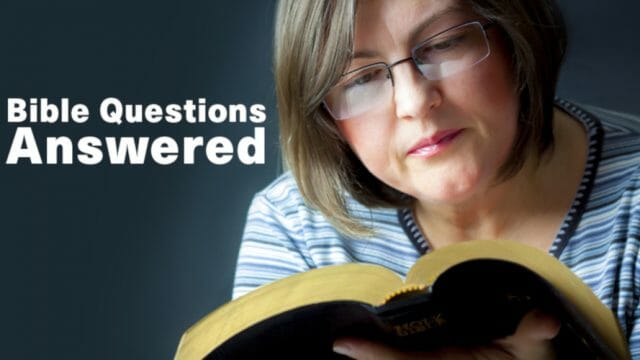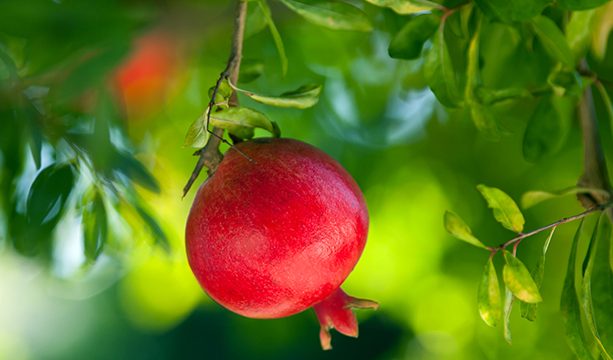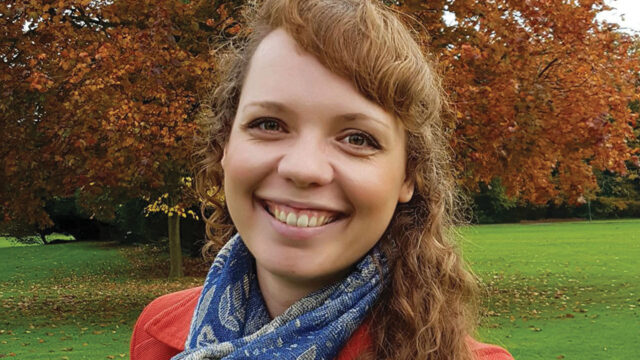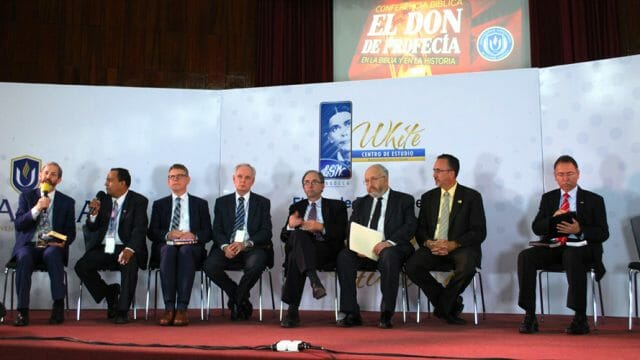A lifesaving change.
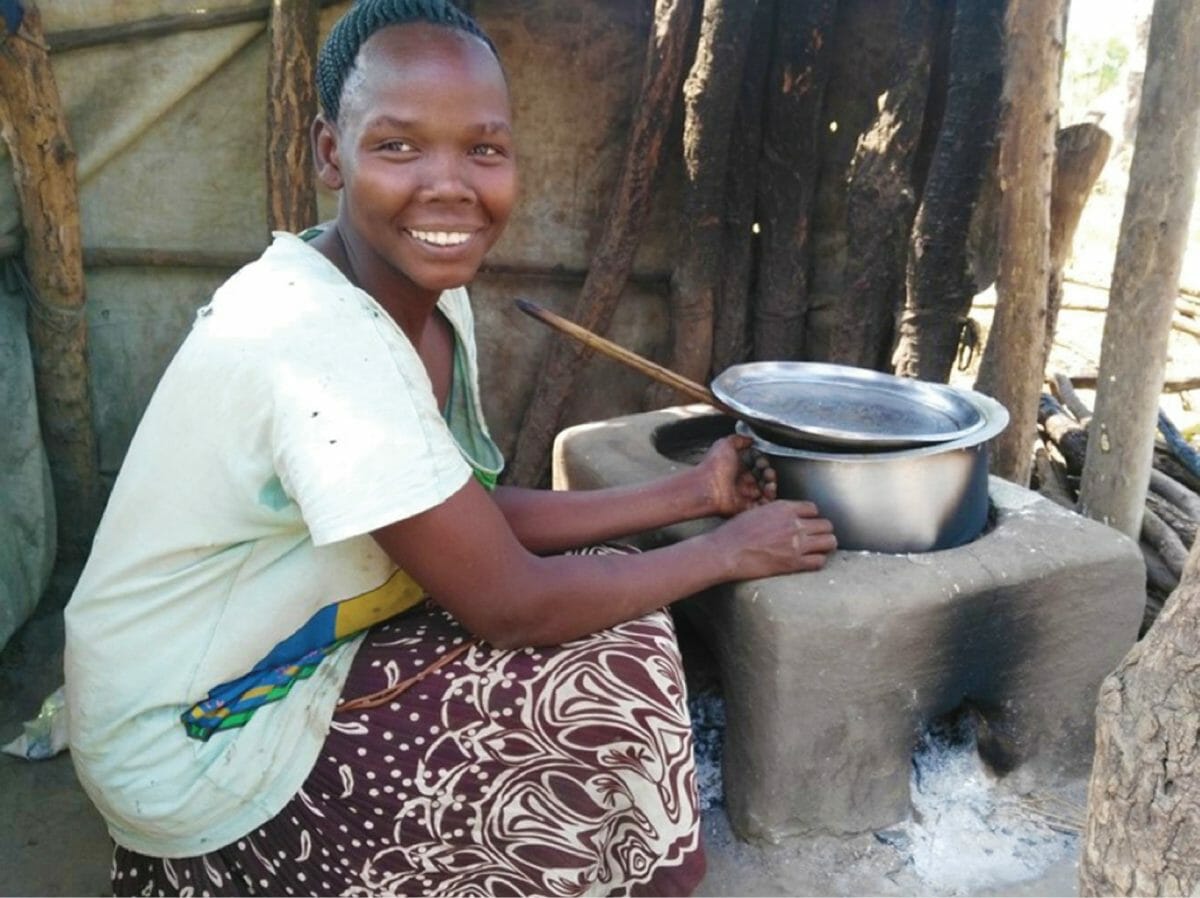
“Come on children—we can’t stop,” said Fathima.* Her 9- and 7-year-old children lagged behind her trying to keep pace.
“I’m tired, Mamma,” cried the 9-year-old.
“OK, let’s rest,” Fathima said. Finding a flat rock to sit on, she held her 2-year-old tightly to her heart, making sure the baby was strapped to her securely. Exhausted from the heat, her other two children dropped to the ground to catch their breath.
Though tense and filled with anxiety, Fathima could only smile as she looked at her children. “We’re almost there, children—almost there.”
Fathima, 29, was no longer a citizen of South Sudan, but a refugee on the run with her three children from the soldiers that chased after people like her who opposed the government.
Staggering Statistics
Many people have fled South Sudan because of violence and upheaval between warring tribes, which started in December 2011, and flared up again in December 2013. News reports estimate that more than 383,000 people died as a result of the civil war, and about half that number lost their lives from the spread of disease and hunger.
When it compiled its fall 2017 report, the United Nations High Commissioner for Refugees (UNHCR) estimated that some 1 million refugees from South Sudan had crossed into Uganda. Since then the number has risen to 2 million, and the exodus has now been pegged as the largest refugee crisis in Africa and the third-largest refugee crisis in the world, after Syria and Afghanistan.
A Desperate Journey
Once again, Fathima and her children gained the strength to walk. The road to nowhere seemed endless, but it was a path to freedom, far from the troubles of home she once knew. She thought to herself, I’d rather have my children face a life of exile than have them face unending suffering.
Days flew into weeks, and finally Fathima crossed the border into Uganda, a neighboring country where she would soon stumble upon the Maaji II settlement refugee camp. “This is where we’ll be for now,” Fathima told her children. “Quickly, let’s build a mud-thatched home.”
Food was scarce, but thankfully UNHCR provided Fathima and the other refugees a day’s meal. It wasn’t much, but it was needed. “I must fetch wood,” Fathima told her oldest. “Stay here with the others; I must go into the forest and look for wood to catch fire.”
The statistics remain unclear, but reports indicate that women and children who venture into the forests for firewood or charcoal to prepare meals face more risks of abuse and assault compared to their male counterparts. They are, however, left with little to no choice if they are to survive.
The refugees at the settlement were accustomed to fetching wood from the forest, but they would soon be introduced to a newer and more efficient method of cooking by the Adventist Development and Relief Agency (ADRA).
A Cooking Solution
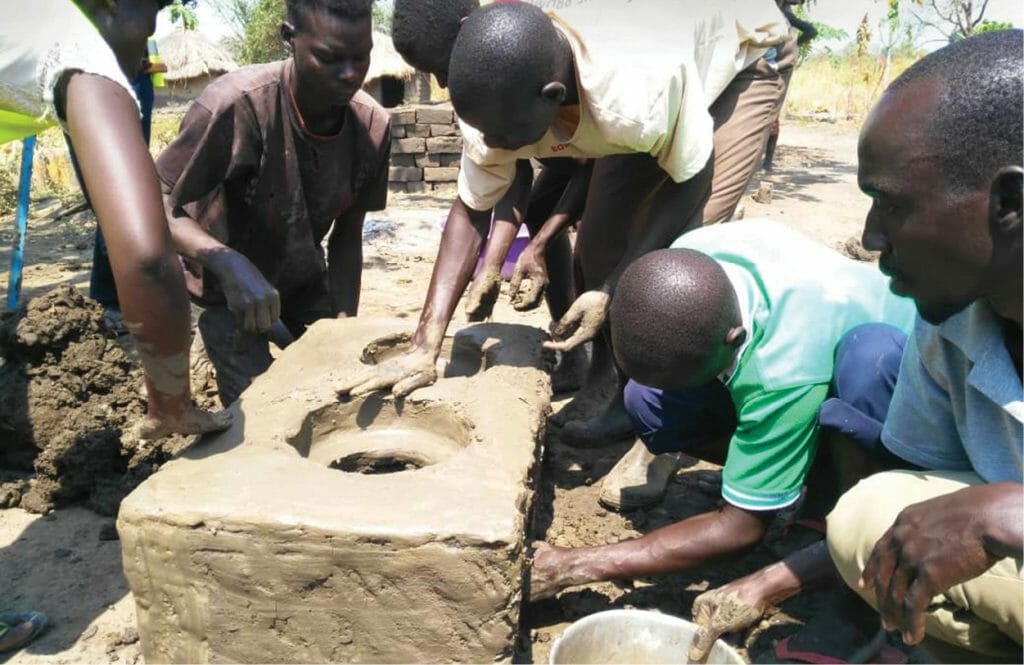
ADRA, a partner of UNHCR, was assigned to provide needed items based on assessment reports in the settlement to help the refugees from South Sudan. Since food was a hot commodity for the refugees, ADRA provided them with an energy-saving stove. Jerry Kiwanuka, ADRA Uganda’s environment protection officer, was one of the key aid workers who helped train the refugees on how to use the new stove.
“It’s officially known as a Lorena rocket energy-saving stove, but popularly known in Uganda as the rocket mud stove,” said Kiwanuka. “The stove emits lesser amounts of smoke as compared to a conventional stove and minimizes the cutting down of trees to get firewood or charcoal to cook.”
The stove is a rectangular-shaped mound made of soil and water. It’s designed to be used for two saucepans at a time, according to Kiwanuka, and is not portable. “It’s constructed inside a kitchen or built outdoors in a carefully selected and convenient location,” Kiwanuka said. “This is why 90 percent of the stoves are accepted and used by people in Uganda.”
Originally the idea of the stoves was initiated in 2004 by Uganda’s Ministry of Energy and Mineral Development, and other Ugandan partners. But through ADRA the Ugandan government was able to impact more people less fortunate.
The first use of the energy-saving stove took place in 2006 in Uganda’s Bushenyi and Rakai districts, and more recently on February 7, 2019, where members of the Mokolo East community were shown a demonstration on how to build and cook on the stove. Thirty people, mostly females, received the training.
Using the first demonstration as a model and seeing how successful the implementation of the stove was for the community, refugees from South Sudan, mostly women and children, have also been trained.
ADRA has been working at the Maaji II settlement camp, where more than 18,000 refugees have remained since August 25, 2017.
Help for Fathima
Kiwanuka met Fathima in one of his training groups. Fathima told him how she ended up in Uganda. “I and my three children were forced to leave South Sudan because of the relentless torture by government forces who thought we were hiding rebels. Many people were tortured, and many lost their lives.”
She told Kiwanuka that she left her husband behind because he wanted to stay and tend to their property, despite the life-threatening challenges he would face. “I don’t know if he’s alive,” Fathima said.
“Once my family and I arrived in Uganda, I cooked food on a traditional three-stone stove, which consumes firewood in no time, but that left me running out of wood to cook food,” she said. “I didn’t like going into the forest to fetch wood, but I had no choice.”
She said she is grateful for the new stove.
“I still collect firewood from the nearby forests, but I don’t have to do it as frequently,” said Fathima. “The stove doesn’t require a lot of manual labor or produce a lot of smoke while cooking. I pray, though, that in the near future I will be able to do away with fetching firewood from the forest.”
As another energy-saving option, refugees are also being trained to cook using char-briquettes, which act as a substitute for charcoal and firewood.
“We are continuing to work with Fathima and train others to ensure their cooking needs are met, and help them to be more environmentally conscious,” Kiwanuka said.
Since ADRA’s time in Uganda, more than 3,200 stoves have been built for local villagers and refugees.
* Name has been changed to protect the woman’s identity.




